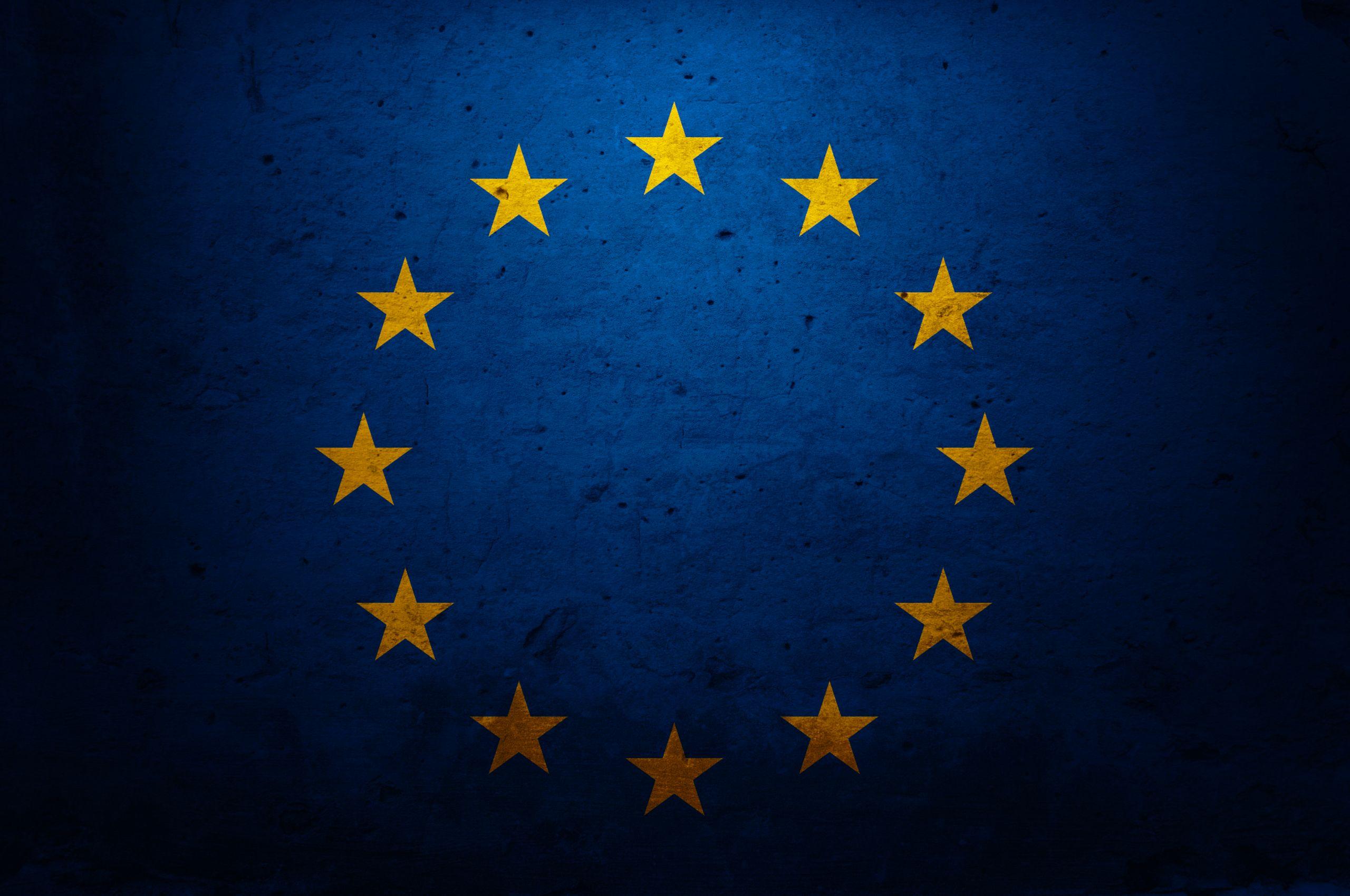In less than 100 months, the European Union must increase its share of renewable energy consumption from 20 percent to 40 percent, and maybe even 45 percent. This binding target was set by the EU’s pioneering Green Deal, which aims to make Europe the first climate-neutral continent.
But this ambition, daunting in the best of circumstances, is under extreme pressure from Europe’s acute energy shock, which threatens a relapse towards fossil fuels that will make it even harder to meet climate goals.
“We have to make sure that we use this crisis to move forward and not to have a backsliding on the dirty fossil fuels,” said European Commission President Ursula von der Leyen. “It’s a fine line and it’s not determined whether we are going to take the right turn.”
Bioenergy is the EU’s largest source of renewable energy, and one that crucially helps address both climate and security imperatives.
At this pivotal moment when Europe needs every kilowatt of secure and sustainable energy possible, it is alarming that some policymakers want to limit the use of bioenergy — the EU’s largest source of renewable energy, and one that crucially helps address both climate and security imperatives.
Proposed amendments to the Renewable Energy Directive, known as REDIII, would do just that, by declassifying “primary woody biomass” as renewable energy. This is biomass made from low-value wood fiber sustainably-sourced directly from forests as opposed to secondary sawmills, and accounts for nearly 20 percent of the EU’s renewable energy consumption – more than the bloc’s combined wind fleet. Such a radical move would set back efforts to achieve energy security, push climate targets far out of reach, and unnecessarily interfere with a renewable energy source that has contributed to the EU’s energy transition more than any other.
It would set back efforts to achieve energy security, push climate targets far out of reach, and unnecessarily interfere with a renewable energy source that has contributed to the EU’s energy transition more than any other.
Forest biomass, in particular, has been a cornerstone of the EU’s climate progress to date. It has displaced millions of tonnes of fossil fuels — mainly coal. It supplies heat to 50 million homes and generates 40 gigawatts of reliable power, enabling the expansion of intermittent wind and solar.
It is at the forefront of essential carbon removal efforts, through Bioenergy with Carbon Capture and Storage technology. Its future use would help to decarbonize heavy industries with innovative applications and bring new sustainable aviation fuels to market. And it is the first and only renewable energy source to have specific sustainability criteria enshrined in EU law.
The ability of bioenergy to help decarbonize multiple sectors means even more will be needed to meet upcoming targets. All leading models show that the use of bioenergy must at least double in order to reach climate neutrality by 2050. As stated by the International Energy Agency, maximizing bioenergy use will also be key to reducing Europe’s dependence on Russian fossil fuels. This is why the EU must focus on promoting bioenergy rather than looking for ways to block it.
It is understandable that forest biomass draws the attention of critics, given its proximity to nature. We recognize that climate action cannot come at the expense of the environment. However, maintaining healthy forests and sourcing biomass are not mutually exclusive activities. The scientific consensus, as represented by the Intergovernmental Panel on Climate Change, makes this explicit. Its latest report assessing methods to mitigate climate change states: “Climate-smart forestry allows production of bioenergy alongside improvements to nature conservation and biodiversity, local economics and carbon storage.”
To realize these climate and environmental benefits, the report emphasizes that biomass must be sourced correctly without putting unsustainable pressure on natural resources. The EU has already shown unparalleled leadership in this, with the passage of REDII in 2018. That directive identified and addressed all elements of sustainability, making it a prerequisite for any forest biomass used in the EU, regardless of origin.
These regulations were designed specifically for the use of primary woody biomass and go beyond protecting biodiversity and maintaining the carbon stocks of source regions. They also demand supply-chain transparency and enforce accountability through certification systems and annual independent audits. It’s a system that works for nature, and is workable for industry.
It often goes unnoticed that the sustainability criteria for primary woody biomass is the strongest in the entire forest products sector. These criteria have set an example that much larger industries now aspire to.
“We want the EU to set us against very strict sustainability criteria, the same that is already set for the use of biomass for energy,” said Jori Ringman, director general of the Confederation of European Paper Industries. “We call for this because we want there to be no doubt we are practising sustainable forest management, preserving biodiversity, and have no part in deforestation.”
The more sensible path is one that builds on our well-established foundation and enables bioenergy to contribute to climate mitigation through all of its unique applications.
The purpose of reviewing REDII is to validate and improve best-in-class sustainability criteria that took years to develop, not to abandon them. The more sensible path is one that builds on our well-established foundation and enables bioenergy to contribute to climate mitigation through all of its unique applications, and at the levels projected to be necessary by scientific consensus. At this critical moment for the EU, nothing short of securing our energy supplies and achieving our Green Deal ambitions depend on it.



